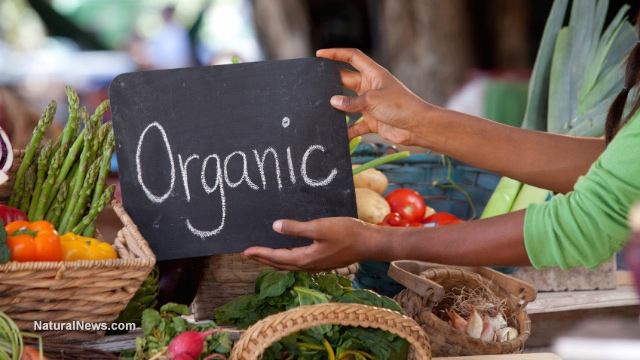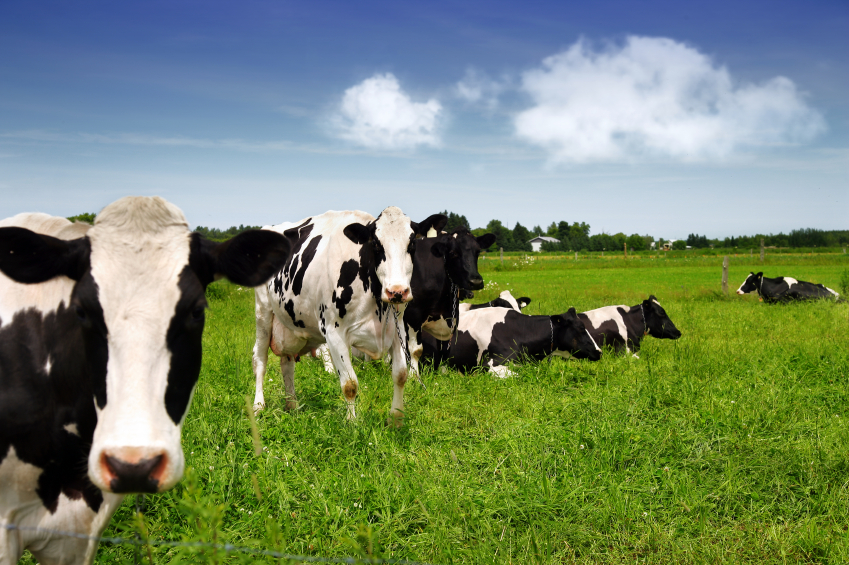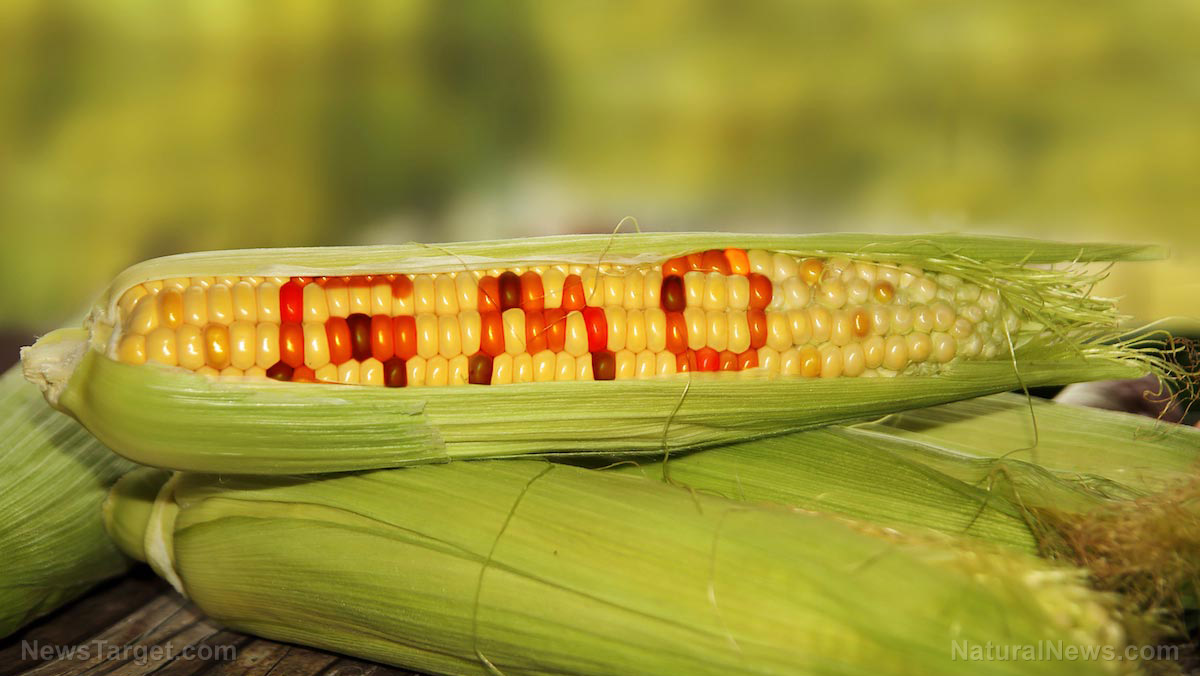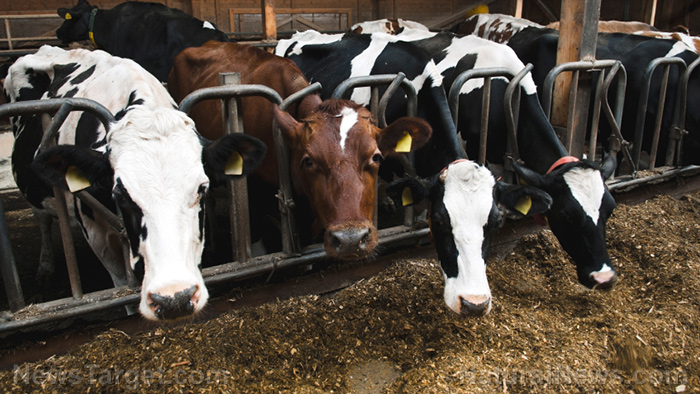
According to a Nielsen survey, the vast majority of American households – 82.3 percent, to be exact – had organic items in their refrigerators and pantries in 2016. This marks a 3.4 percent rise over 2015’s figures.
They reached their conclusions after studying 100,000 households in every state except Hawaii and Alaska. The biggest jump was seen in North Dakota, where 14.2 percent more households are buying organic than a year ago, while Rhode Island noted a rise of 12.3 percent. Other states to note big jumps included Wyoming, which is up 10.8 percent, and South Dakota, which noted a 10 percent rise.
While sales figures for the American organic market from 2016 are not yet available, the total amount of organic food sales noted in 2015 was $43.3 billion, which was 11 percent higher than 2014, according to a press release from the Organic Trade Association. This far outperformed the overall food market during the year, which only grew by 3 percent. The fresh beverage subcategory was the fastest growing, noting a 33.5 percent rise, while dairy noted an increase of more than 10 percent.
The rise is even more dramatic when long-term figures are considered. For example, spending on organic food has jumped by 72 percent since 2008. (RELATED: Follow more news on organics at Organics.news.)
Farmers can’t keep up with demand
Farmers are struggling to meet the growing demand for organic food as they scramble to earn organic certification for their fields, a process that can take upward of three years. Experts have referred to the situation as a “gold rush mentality.” Right now, more farmers in the country than ever before have earned organic certification, signifying that their crops do not contain chemical fertilizers or pesticides. While organic crops have risen by 11 percent over the last two years to cover in excess of 4 million acres of American farmland, it is still not enough to meet the demand. In fact, our country imports organically-grown grain to feed the cows that produce organic milk because not enough is grown domestically. This has led some people to grow their own fruits and vegetables for peace of mind.
A new plan for classifying organic products was recently approved by the USDA, and it is expected to inspire more farmers to get on board. Even though organic food can command a much higher price tag, the process of transitioning places it out of reach for many farmers.
Farmers must discontinue the use of fertilizer and chemical pesticides for three years, and during that period, they often lose a lot of money. Under the new plan, farmers undergoing the transition could label their products as “transitional,” which would enable them to charge a slightly higher price for their goods and recoup some of the expenses associated with the process.
Consumers are making their preference clear. As people become increasingly health-conscious, more and more farmers can see the future of the agriculture industry, and conventionally grown produce is not part of it. The health risks of food grown with pesticides are downright scary, and people are no longer willing to spend money on these foods or put them in their bodies.
Sources include:
Please contact us for more information.























